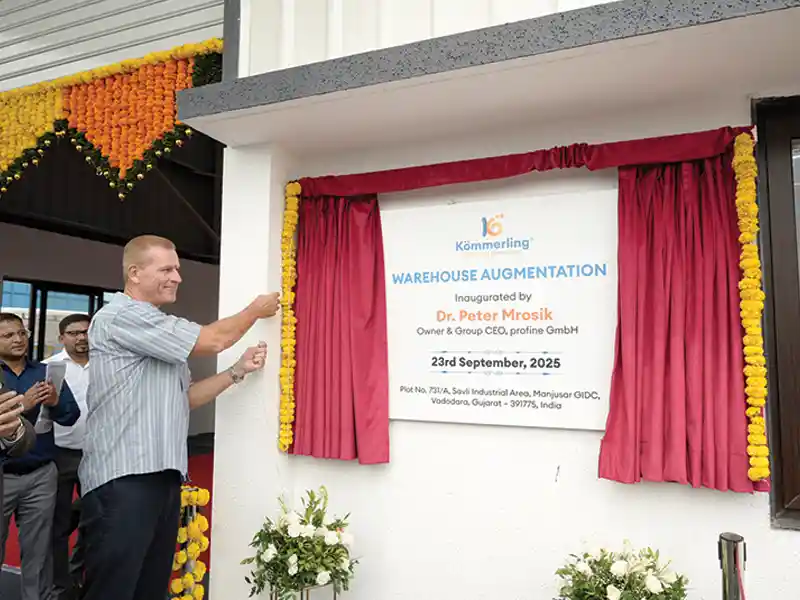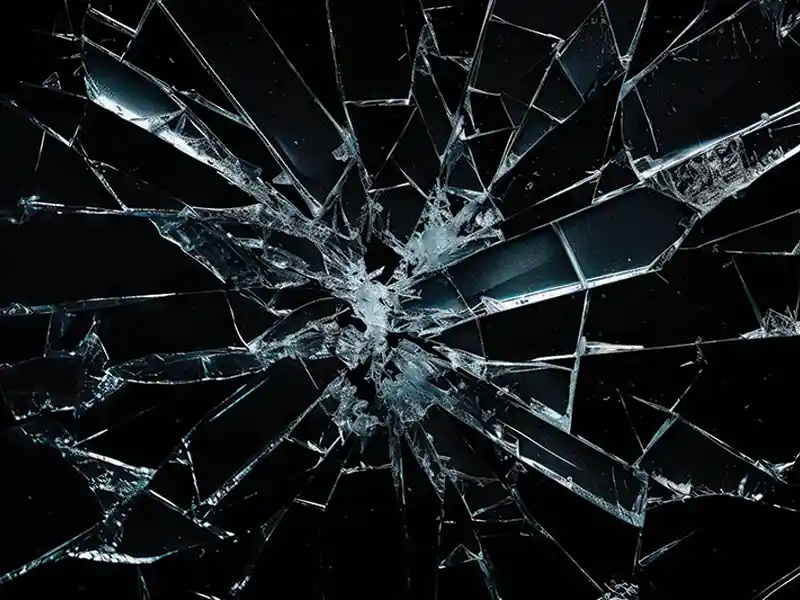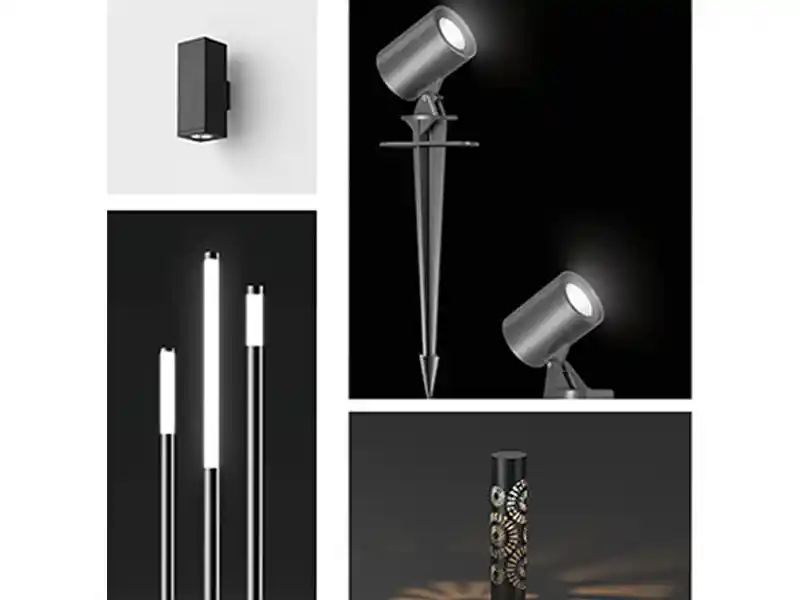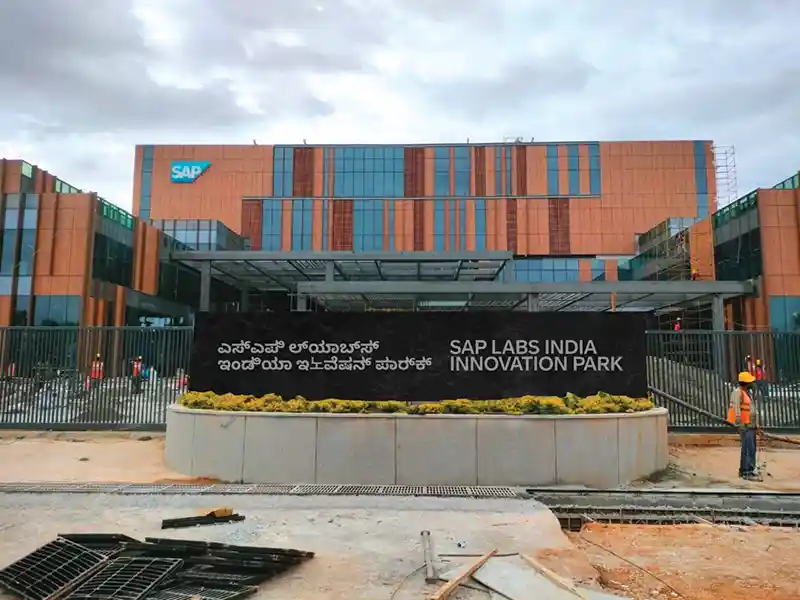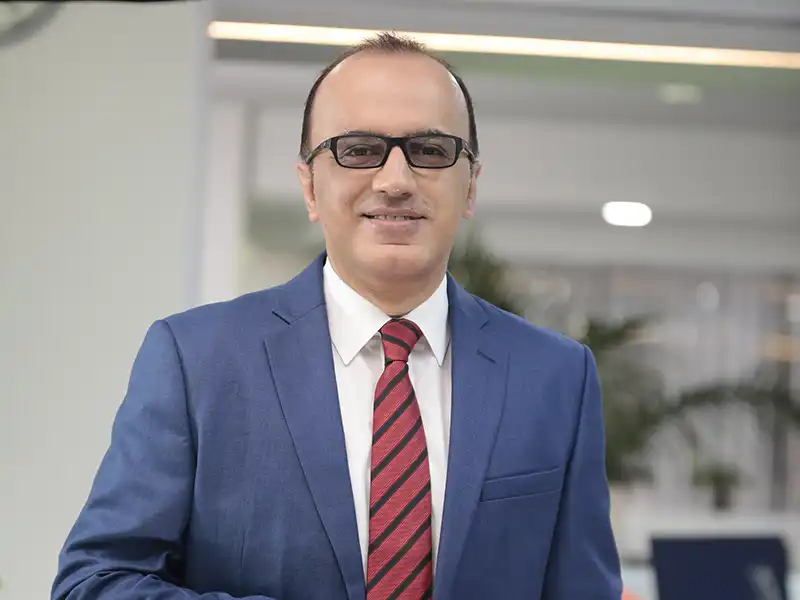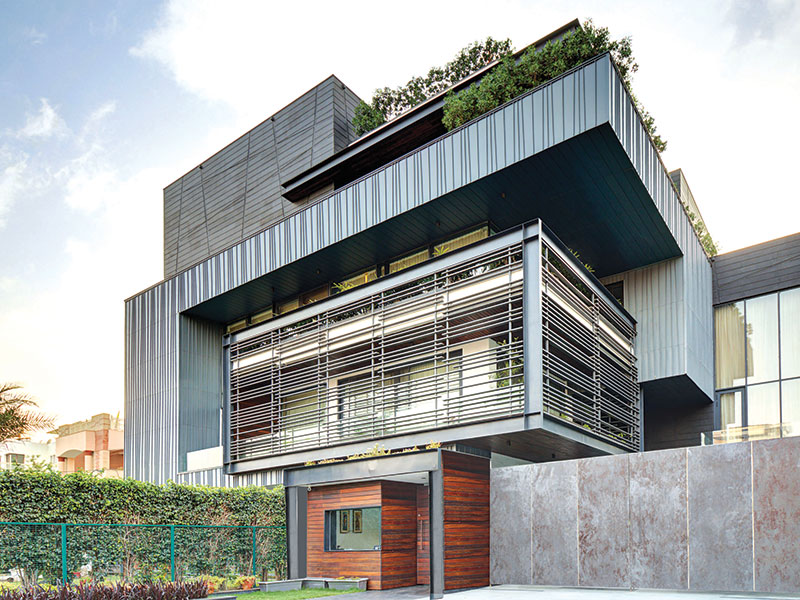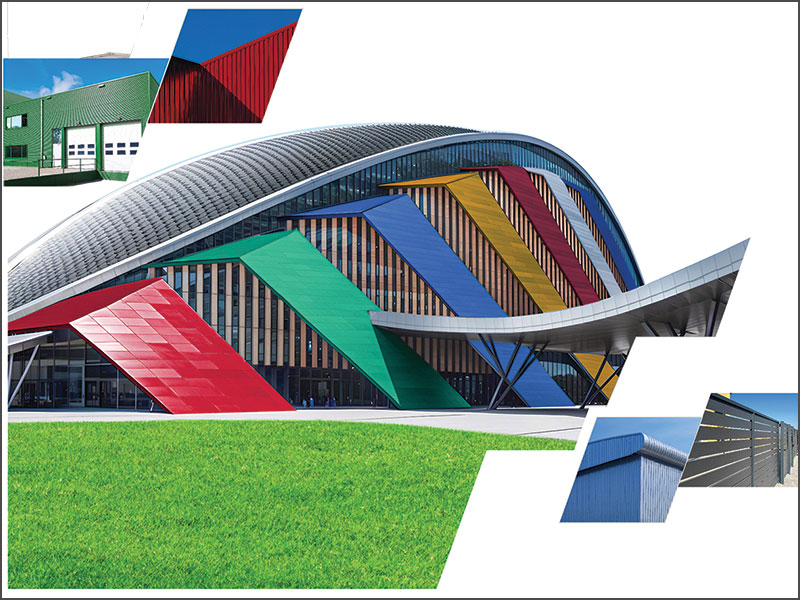Cladding Solutions
Overview of the Cladding Market in India
Today the choices as well as function of Cladding in India have ameliorated; now for wall cladding you have many options like laminate, plastic, metal, vinyl, wood etc. There are many Laminate, plastic, metal, vinyl, wood cladding manufacturers in India.Architecture over the years has witnessed many developments, evolvements, and advancements. While the manta of today - that of sustainability and green revolution has existed since our ancestral times as an inherent part of buildings, what has surely revolutionised in buildings is the dramatic change that has been noticed in the way they are dressed up now.
The skin of a building (read cladding) has witnessed a huge upsurge in its variety and popularity in all typology of buildings. While at one point of time wall cladding with restricted options was more a part of visual art, today the choices as well as the functions of cladding have ameliorated. The wall cladding market in India is still evolving and the future for the same definitely holds much promise with the high demands in the construction industry. Introduction of pre-engineered structures, market demands of speedy project execution, the zest for quality and innovative options, foreign investment, the stress on getting global - nature of Indian companies are the drivers for the demand in the cladding industry.
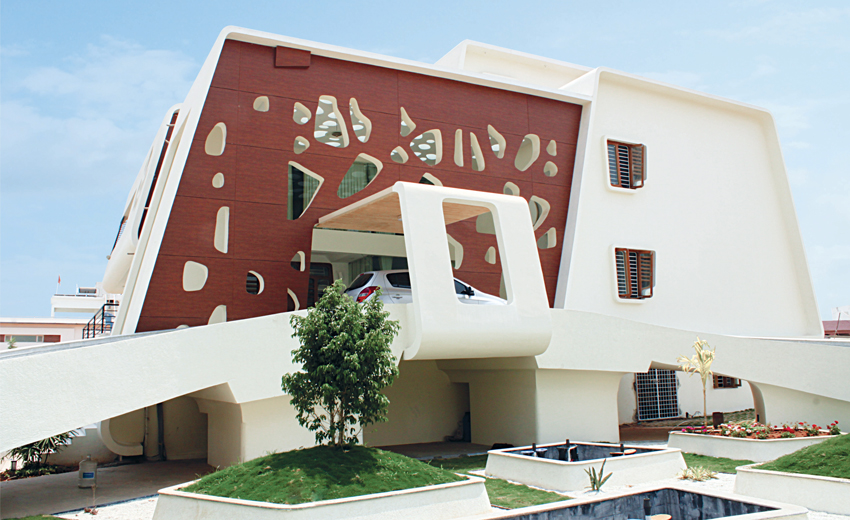
Cladding while conferring an attractive look on the building acts as the insulating/protective layer shielding the surfaces against any foreign particles and moisture. In fact, studies have validated that if installed properly, cladding materials can enhance the building performance.
Client's exposure and acceptance of contemporary architecture with its plethora of materials/techniques and options has witnessed design getting a preference over cost at many places. The wall cladding industry in India has witnessed almost a double-digit growth in the past three years and this growth can also be attributed in a major way to the growth in residential segments and infrastructure. With low cost housing advancing into the rural sector and the growing urbanisation, a major impact of cladding is envisaged to be felt in the housing sector.
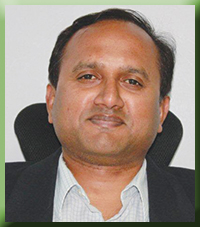
Bengaluru-headquartered FunderMax India Private Ltd has been positioned as an integrated cladding solutions provider. Commenting on the change in the trend noticed in cladding in the past few years, the Managing Director and CEO of the firm, Dr Prashanth Reddy opines, "Gone are the days when Stone, Clay Bricks, Composite Panels were the few options to look for. In the current scenario, there is a drastic shift in the thought process and designing and the architects, builders, developers and also the end users are looking for something which is new, has good quality, is sustainable over a time period in all kinds of weather conditions and is cost- effective. Overall, there is a progressive acceptance of new ideas in India as far as cladding goes."
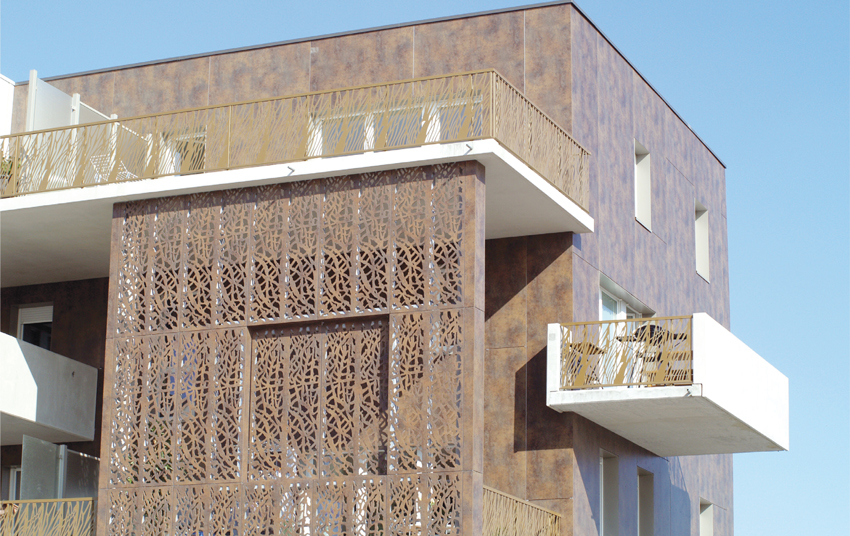
Importance of Cladding
External cladding scores in a number of ways - including its protection against weather elements, relatively lower maintenance (as compared to the exterior finish of painting) which is achieved by a mere regular washing, ability to reduce water absorption into the building, providing resistance to pollution and increasing the mechanical strength of a structure. It further provides thermal insulation and reduces the temperature variation inside the building and improves the acoustic.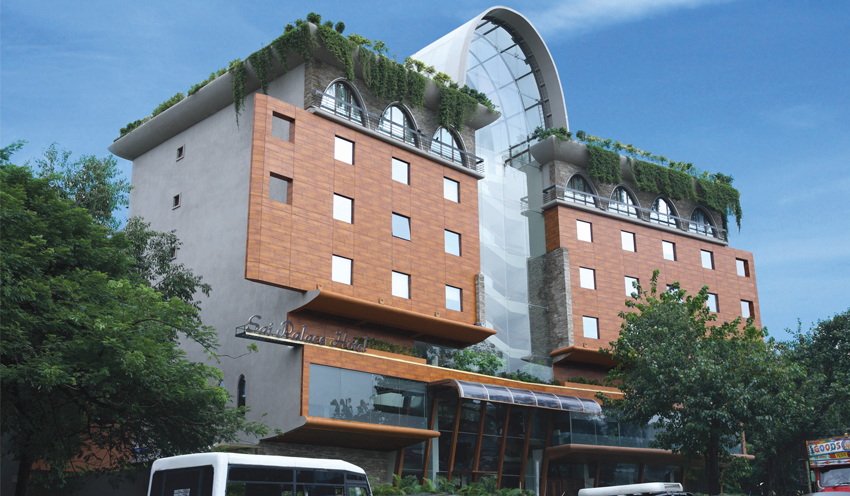
With its varied finishes (rough, finished and polished) cladding can transform a dull and a lifeless structure. Contributing to green concepts in buildings, FunderMax offers to its customers green products and is a part of IGBC and few ongoing Green building projects too. Elaborating on this, Dr Reddy says," Traditionally and in general, Indian facades are all closed systems, but contrarily FunderMax being a natural material follows the Rear Ventilated Façade system concept which helps not only in thermal insulation of buildings, thereby saving energy costs of heating / cooling, good acoustics but also makes the building sustainable by increasing the lifespan of building. One could get upto 6 LEED points using FunderMax panels." Additionally, the firm is coming up with energy efficient façades, Spandrel area cladding (Part of Glazing) and artificial walls (unitized system).
Cladding Options
The options are found in materials (stone, brick, wood, RCC, laminates, plastic, metal), in colours and in techniques (anti-scratch, anti vandal -resistant designs etc).Wood/Timber
Wood/timber cladding is used in commercial and domestic buildings and especially in interiors to infuse warmth into the space. Many diverse kinds of wood are great as exterior cladding materials since they possess a natural resistance to decay. Wood being a lightweight material eliminates heavy masonry outer walls, leading to the size and hence cost reduction of foundations. The wide choice of hardwoods, softwoods or engineered woods available, the ability of the cladding panels to be pre-fabricated, great thermal and sound insulation, ease of repair are the other benefits of wooden cladding. Aesthetically, they provide a comforting ambience, are available in varied textures and finishes (including varnishes and paints), are environmentally advantageous since timber is a renewable resource.While at one time wood was only used for wooden panelling, but today entire walls are covered in wood. Several wood alike materials like Trespa, FunderMax and SHERA ply and products of Hunter Doughlas are also being used now which are equivalent in their look to wooden cladding. Even in adverse weather conditions they are known to retain their textures.
Concrete
Used for commercial, industrial, institutional and residential applications, GRC (Glass fibre reinforced concrete) is used as a cladding material for decorative purposes. With easy maintenance and installation and without any requirement of painting and plastering, they can be fixed directly over brickwork or masonry.Brick Cladding
A cheaper alternative and one that has been used for a long time, brick cladding repels water and aesthetically can be stimulating with its variety of patterns or courses that it can run into. In abroad the dry form of construction without mortar also exists.Stone
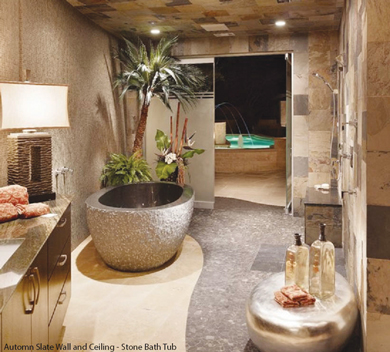
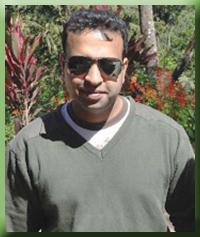
Glass
Much has been said about glass - its versatility, its aesthetics, its ability to blur boundaries, visually enlarging a space and for admitting natural daylight. Today, there is impact resistant glass, burglar resistant glass, enamelled and laminated safety glass, lacquered glass or even ceramic printed glass (with increased resistance to pressure, impact and temperature fluctuations). Glass has also enabled acoustical comfort and one also witnesses louver embedded glass panels that can direct the sun rays when needed.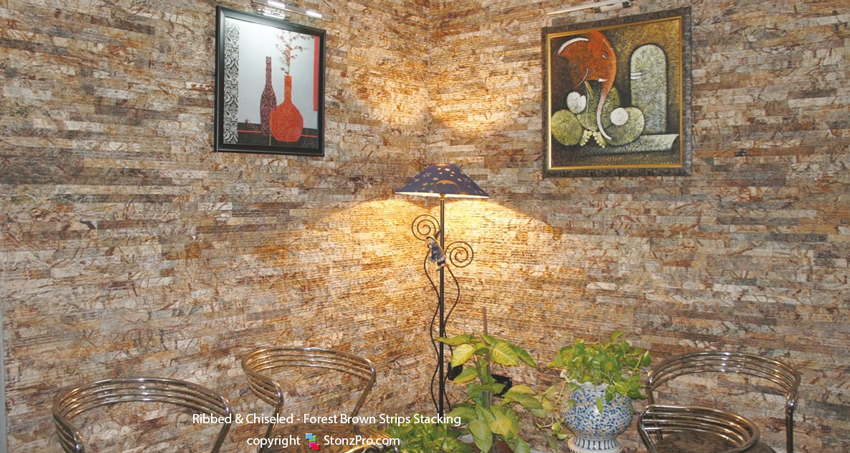
uPVC Cladding
Seen mostly in interiors and somewhat in exterior cladding too, uPVC, on account of its water-resistant nature scores as a good bet in wet areas like kitchens and bathrooms. It comes out to be much cheaper (as compared to wood, fibre cement, stucco, brick and stone sidings) and easier to install than tiling and exists in a variety of colours and styles. The accumulated dirt is easier to clean; however, it remains a non-friendly environment material.Tiles
Tile cladding comes in various materials (concrete, granite, ceramic, brick or glazed tiles, marble, stainless steel) as well as various designs (rustic, strip, wave etc). Whereas concrete tiles are durable, fire and water resistant (with usage both in load-bearing and non-load bearing walls), the weather resistant granite tiles are good for exteriors as well as interiors (where they can introduce a feeling of sophistication and royalty). Marble tiles, though expensive and relatively needing more maintenance have remained most popular. Vitrified ceramic tiles have low water absorption (good for cold areas) and are resistant to stain and corrosion. Mosaic cladding tiles find their way in bathrooms since they dry up easily.Boards
The market today has designer and compressed cement boards, gypsum boards, calcium silicate boards, fibre cement boards, e-boards and even eco- friendly boards. These can be finished in various options. Laminates also remain an ideal option for interiors. Today, high pressure laminates (which control the growth of harmful bacteria) are used in places like hospitals where hygiene is most important.Metal Cladding
Metal cladding is generally a favourite with industrial buildings.Aluminium and steel cladding have changed the way buildings have ever looked. Steel is used for exterior as well as interior surfaces and comes in various finishes like mirror, hairline, texture, custom and perforated designs. Its advantages include its attractive aesthetics, durability, resistance to corrosion and flame, termites and its ability to be carved in different shapes. It is a good option in high-humidity surroundings. However, its affinity to rust (except the rust-resistant grades like galvanised steel) and regular maintenance have to be kept in mind. Mild and stainless steel are the two primary forms employed. While mild steel is used for cladding, stainless steel is used for backsplashes and furniture tops.
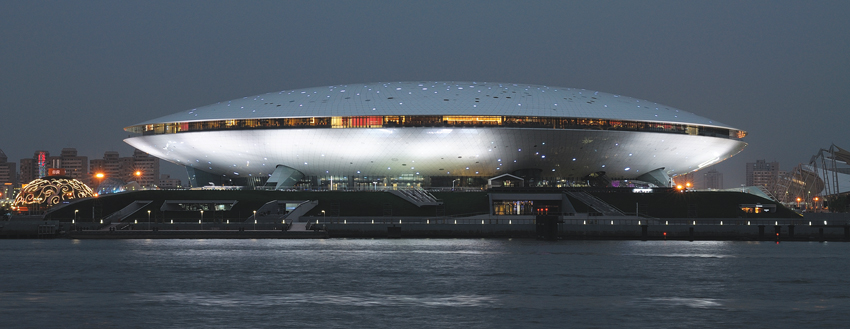
In case of aluminium, solid aluminium, aluminium composite panels (ACP), extruded aluminium are used in wall cladding. They are light weight, non-corrosive and recyclable in nature, have high strength-to-weight ratio and come in diverse colours and finishes (that can mimic other materials like marble or wood). ACP's further come in different varieties - Brush faced, Mirror faced, wood textured, marble faced, basar and acrylic-based ACP. Extruded aluminium cladding is used for walls, facades and column covers. In terms of strength, steel scores over aluminium.
Copper, another type of metal cladding is used for its aesthetics alone. Zinc, a very expensive option (and thus not used to that extent in India) is aesthetically eye-catching and is durable. Titanium Zinc, gaining popularity in India is said to have a much longer life. Making buildings practically maintenance free, the usage of sealants is avoided in this dry joint system. It also has green properties of zero VOCs, 100% recyclability and scrap management.
Wallpapers
Used for interior decorative cladding, wallpapers find their presence in residences, hotels, resorts or in offices. Used for completely aesthetic purposes they are available in infinite number of patterns and designs and can completely alter the look of the interiors. Due to their texture and sheen, they score over paints. They are paper, vinyl and real fabric based. It's a quick fix solution and today there are environment-friendly wallpapers plus digital wall coverings too using latest digital printing techniques to create amazing patterns available in rich colours.Unique Cladding Materials
Many innovative cladding materials are being noticed in buildings today especially in public buildings. There are materials like dichroic film which can reflect light. Wienerberger's use of clay roof tiles as facade coverings is an innovation too.Rain Screen Cladding- An Innovative Solution
Rain screen cladding includes an outer skin (of rear-ventilated) cladding attached to an existing/new building. While the outer layer takes care of the exterior weather elements, the inner layer provides thermal insulation and carries the wind load, hence conserving energy. In this kind of cladding, the structural frame is maintained absolutely dry and a ventilated cavity acts as defence against any moisture that may seep from the exterior to the interior layer, besides allowing ventilation.The Challenges
Wall cladding has also its number of challenges - scarcity of skilled workforce for installation, availability of materials, the insufficient dissemination of knowledge, and the poor quality materials being supplied by some suppliers. Cladding needs to be carried out by trained professionals to ensure correct installation and thus best results but today there exists a major issue of trained workforce. To tackle the same, New Delhi-headquartered Everest Industries Limited, a principal name in building solutions, renowned for their fibre cement boards cladding follows constant training of contractors at their training centres (situated at major metros).They organise training camps at project sites and inplaces where the firm doesn't have their training centres. Mr Biloy Mohapatra, Institutional Head of the firm adds, "These trainings are given by our skilled Technical Managers / Officers and the objective is to constantly increase the base of skilled contractors. We even conduct site supervision during the process of erection as a service to our customers."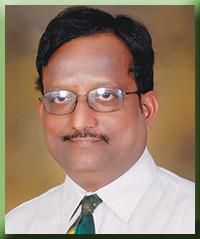
To ward off this challenge of workforce, Euramax, an international coil specialist, supplying coloured pre-coated aluminium coils to well-known manufacturers of facade systems has also taken some steps. The firm has supplied colour coated coils for numerous projects like the Ferrari World, Abu Dhabi; Grand Hyatt - Dubai; Adani Power project - Gujarat and for some well-known airports like the Control Tower Bahrain; Guangzhou International Airport etc. Dwelling on the issue of training workforce the firm's area sales Manager-India, Mr K.S.Praveen Shetty says, "We are regularly organising training programmes for our installers in our Head office at Roermond. They are made into groups and are given hands-on training. Each participant is also given individual attention."
Parameters for Cladding Materials
There are many parameters for selecting the right materials for cladding depending on the applications, cost, strength, durability, eco-friendliness and appearance. Mr Mohapatra counts the parameters as aesthetics, weather resistance (by itself or by weather coating) and parameters that contribute in insulating the building envelope, to reduce building energy demand.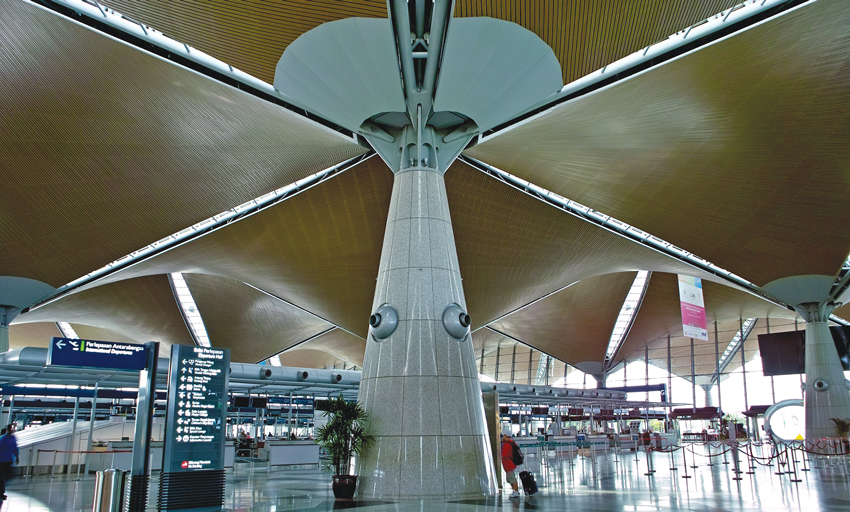
With escalation in technology and the quality of architecture, there is bound to be a plethora of range of cladding materials in the future. "We all know that 'Change is the only constant,' the future belongs to only those products / materials which endeavour to innovate and can translate the complex lexicon and issues of the specialized sectors we operate in into conceivable, impactful solutions," opines Dr Reddy.
Services by Companies
Services are being offered by the companies to architects, interior designers, engineers, and to building owners. FunderMax through its forum called 'AWARE' conducts interactive discussions between architects and students and 'people who create' to explore opportunities in design and application using FunderMax.To offer information about their products, Euramax besides having a detailed website with complete details on their product line also have an interesting website (www.metalsight.com) which is an emagazine with all the latest updated information on the metal cladding worldwide. Further as Mr Shetty adds, "We are participants of leading exhibitions like Bau-Munich, Roofindia, LEAF-UK etc where we interact with architects, builders, metal fabricators and bring awareness on the different aspects of cladding. Also we have exhaustive architectural binders with samples which help in giving additional information on facades and cladding".

